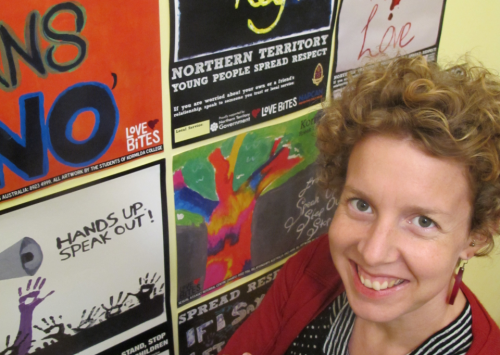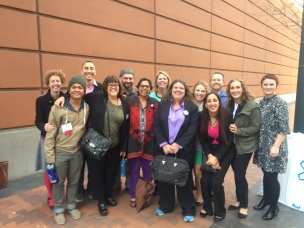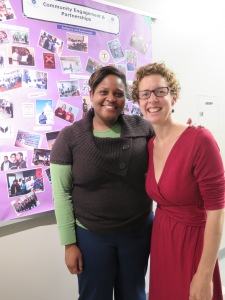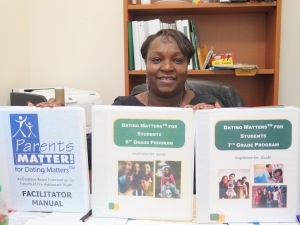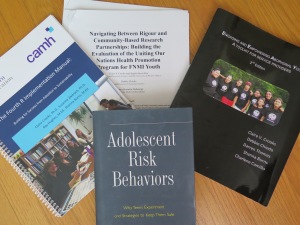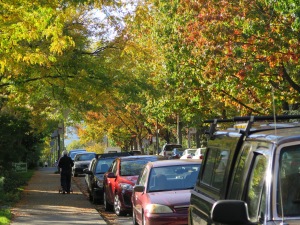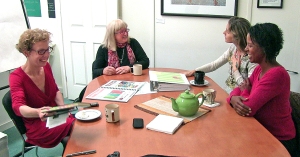A final blog to let everyone know that my Churchill Fellowship report is now available on the Churchill Trust’s website here.
My key learnings and recommendations relate to intersectionality, youth leadership and engagement, respectful relationships skills practice, holistic approaches and integrating respectful relationships into education systems.
This isn’t the end, but it’s not the beginning either. I’m somewhere in the middle of my life commitment to this work. I’m enjoying the process of sharing my Churchill learnings through my work and personal life, and look forward to continuing to learn and grow.
It is a very exciting time to be part of the violence prevention movement in Australia. Thanks to the collective work of many, there is hope for a more respectful and equal society. I’m really proud to be part of it.
PS The Churchill Fellowship has been an amazing learning experience and time of professional growth. Applications are now open for the year and I would highly recommend that those who are passionate and committed to their field consider applying. Details here.
